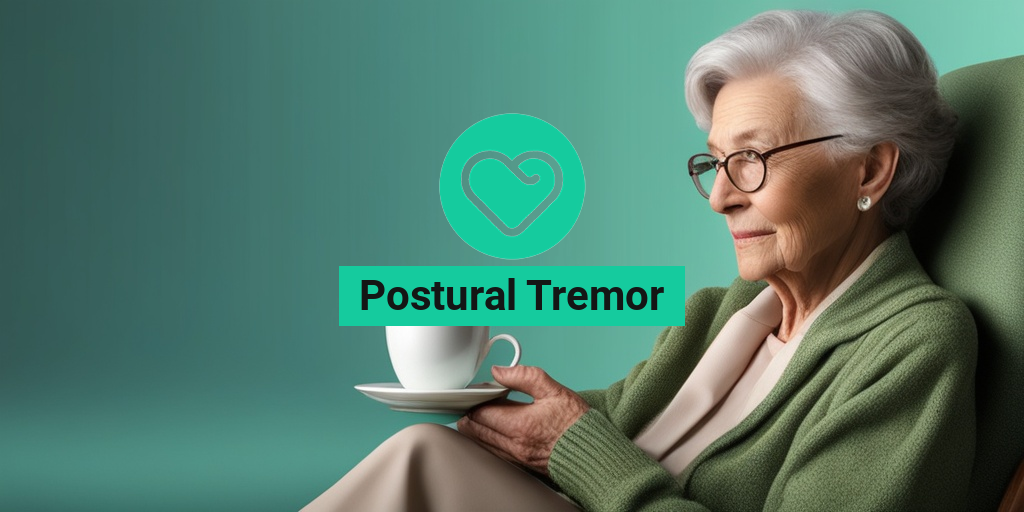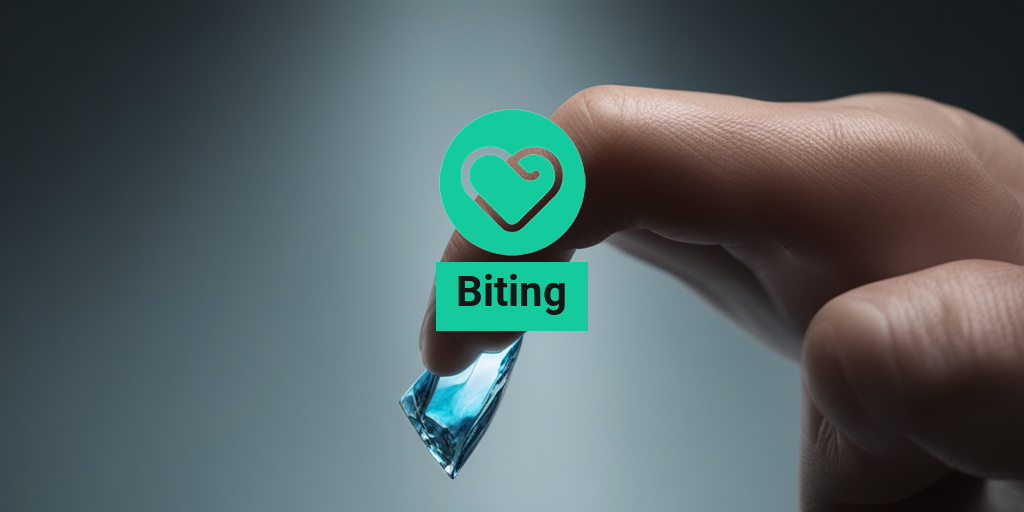What Is Secondary Psychosis?
Psychosis is a complex and multifaceted mental health condition that affects millions of people worldwide. While many are familiar with the term “psychosis,” few understand the nuances of secondary psychosis. In this article, we’ll delve into the world of secondary psychosis, exploring its definition, causes, symptoms, and treatment options.
Defining Secondary Psychosis
Secondary psychosis, also known as organic psychosis, is a type of psychosis that occurs as a direct result of a underlying medical condition, substance abuse, or traumatic brain injury. This means that secondary psychosis is not a primary psychiatric disorder, but rather a symptom of an underlying condition. In other words, secondary psychosis is a psychosis that is secondary to another condition.
Causes of Secondary Psychosis
Secondary psychosis can be caused by a variety of factors, including:
- Traumatic brain injury (TBI)
- Substance abuse (e.g., drug-induced psychosis)
- Infections (e.g., meningitis, encephalitis)
- Neurological disorders (e.g., Huntington’s disease, multiple sclerosis)
- Metabolic disorders (e.g., hypothyroidism, hyperthyroidism)
- Certain medications (e.g., steroids, antidepressants)
These underlying conditions can disrupt normal brain function, leading to the development of psychotic symptoms.
Symptoms of Secondary Psychosis
The symptoms of secondary psychosis are similar to those of primary psychosis, including:
- Delusions (false beliefs)
- Hallucinations (seeing or hearing things that aren’t there)
- Disorganized thinking and behavior
- Emotional changes (e.g., anxiety, depression)
However, the key difference between secondary and primary psychosis lies in the underlying cause. In secondary psychosis, the psychotic symptoms are a direct result of the underlying medical condition or substance abuse.
Secondary Psychosis vs. Primary Psychosis
So, how does secondary psychosis differ from primary psychosis? Let’s explore the key differences:
Primary Psychosis
Primary psychosis, also known as functional psychosis, is a psychiatric disorder that occurs in the absence of any underlying medical condition. Primary psychosis includes conditions like schizophrenia, schizoaffective disorder, and brief psychotic disorder. In primary psychosis, the psychosis is the primary condition, rather than a symptom of another condition.
Key Differences
The main differences between secondary and primary psychosis are:
- Cause: Secondary psychosis is caused by an underlying medical condition or substance abuse, while primary psychosis is a primary psychiatric disorder.
- Underlying condition: Secondary psychosis has an identifiable underlying cause, whereas primary psychosis does not.
- Treatment approach: Treatment for secondary psychosis often involves addressing the underlying condition, whereas primary psychosis treatment focuses on managing symptoms and improving quality of life.
Understanding the differences between secondary and primary psychosis is crucial for accurate diagnosis and effective treatment. If you or a loved one is struggling with psychosis, it’s essential to consult with a mental health professional for personalized guidance and support.
At Yesil Health AI (yesilhealth.com), we’re committed to providing evidence-based health answers and resources. Stay informed, stay healthy! 🏥
Remember, psychosis is a treatable condition, and with the right support and treatment, individuals can recover and lead fulfilling lives. 💪

Causes and Risk Factors of Secondary Psychosis
Secondary psychosis, also known as organic psychosis, is a mental health condition characterized by a break from reality, often accompanied by hallucinations, delusions, and disorganized thinking. Unlike primary psychosis, which is a standalone mental health condition, secondary psychosis is a symptom of an underlying medical condition or substance abuse. In this section, we’ll delve into the causes and risk factors of secondary psychosis.
Underlying Medical Conditions
Various medical conditions can trigger secondary psychosis. Some of the most common underlying medical conditions include:
- Infections: Encephalitis, meningitis, and sepsis can cause secondary psychosis.
- Neurological disorders: Conditions like Huntington’s disease, traumatic brain injury, and multiple sclerosis can increase the risk of secondary psychosis.
- Endocrine disorders: Thyroid disorders, Cushing’s syndrome, and hyperparathyroidism can contribute to secondary psychosis.
- Autoimmune disorders: Conditions like lupus and rheumatoid arthritis can increase the risk of secondary psychosis.
- Cancer: Certain types of cancer, such as brain tumors, can cause secondary psychosis.
Substance Abuse
Substance abuse is another significant risk factor for secondary psychosis. The use of certain substances, such as:
- Amphetamines: Long-term use of amphetamines can increase the risk of secondary psychosis.
- Cocaine: Cocaine use can trigger secondary psychosis, especially in individuals with a history of mental health conditions.
- Alcohol: Chronic alcohol abuse can contribute to secondary psychosis, particularly in individuals with a history of mental health conditions.
Other Risk Factors
In addition to underlying medical conditions and substance abuse, other risk factors for secondary psychosis include:
- Family history: Individuals with a family history of mental health conditions are more likely to develop secondary psychosis.
- Age: Older adults are more susceptible to secondary psychosis, particularly those with underlying medical conditions.
- Chronic stress: Prolonged stress can increase the risk of secondary psychosis, especially in individuals with a history of mental health conditions.
Symptoms of Secondary Psychosis
The symptoms of secondary psychosis can vary depending on the underlying cause. However, common symptoms include:
Positive Symptoms
Positive symptoms of secondary psychosis include:
- Delusions: False beliefs or perceptions that are not based in reality.
- Hallucinations: Sensory experiences that occur in the absence of external stimuli.
- Disorganized thinking: Difficulty organizing thoughts, leading to confusion and disorientation.
Negative Symptoms
Negative symptoms of secondary psychosis include:
- Apathy: Lack of interest or motivation.
- Emotional flattening: Reduced emotional expression.
- Social withdrawal: Avoidance of social interactions.
It’s essential to seek medical attention if you or a loved one is experiencing symptoms of secondary psychosis. Early diagnosis and treatment can significantly improve outcomes and reduce the risk of complications. 💊

Diagnosis of Secondary Psychosis
Receiving a diagnosis of secondary psychosis can be a life-altering experience. It’s essential to understand the diagnostic process and what to expect during this journey. In this section, we’ll delve into the world of secondary psychosis diagnosis, exploring the signs, symptoms, and diagnostic criteria.
What are the Signs and Symptoms of Secondary Psychosis?
Secondary psychosis can manifest in various ways, making it crucial to recognize the signs and symptoms. Some common indicators of secondary psychosis include:
- Hallucinations: hearing voices, seeing things that aren’t there, or experiencing other sensory distortions
- Delusions: holding false beliefs or suspicions despite evidence to the contrary
- Disorganized thinking and speech: difficulty communicating effectively or making sense
- Disorganized behavior: acting impulsively or inappropriately
- Negative symptoms: withdrawing from social interactions, lacking motivation, or experiencing emotional flatness
Keep in mind that these symptoms can vary in severity and may not always be present. If you or a loved one is experiencing any of these signs, it’s essential to consult a mental health professional for an accurate diagnosis.
The Diagnostic Process
The diagnostic process for secondary psychosis typically involves a comprehensive evaluation by a qualified mental health professional, such as a psychologist or psychiatrist. This evaluation may include:
- A thorough medical history to rule out underlying medical conditions that could be contributing to the symptoms
- A psychological evaluation to assess cognitive function, emotional state, and behavior
- A review of symptoms, including their duration, frequency, and severity
- A mental status examination to assess thought processes, perception, and emotional response
The diagnostic criteria for secondary psychosis are outlined in the Diagnostic and Statistical Manual of Mental Disorders, 5th Edition (DSM-5). A diagnosis of secondary psychosis is typically made when an individual experiences a psychotic episode that is directly related to a general medical condition, substance use, or medication.
Treatment Options for Secondary Psychosis
While receiving a diagnosis of secondary psychosis can be overwhelming, there is hope for recovery. Effective treatment options are available to help manage symptoms, alleviate distress, and improve overall well-being.
Medications for Secondary Psychosis
Medications are often a crucial component of treatment for secondary psychosis. Antipsychotic medications, such as typical antipsychotics (e.g., haloperidol) or atypical antipsychotics (e.g., risperidone), can help reduce symptoms like hallucinations and delusions. In some cases, medications like antidepressants or mood stabilizers may also be prescribed to address co-occurring conditions.
Psychotherapy for Secondary Psychosis
In addition to medication, psychotherapy can be a valuable tool in managing secondary psychosis. Cognitive-behavioral therapy (CBT) and family-focused therapy are two common approaches that can help individuals:
- Identify and challenge negative thought patterns
- Develop coping strategies for managing symptoms
- Improve communication and relationships with family members
Psychotherapy can also provide a safe space for individuals to process their emotions, address trauma, and develop a stronger sense of self.
Lifestyle Changes and Self-Care
In addition to medication and therapy, making healthy lifestyle changes can significantly impact recovery from secondary psychosis. This may include:
- Getting regular exercise to improve mood and reduce stress
- Practicing stress-reducing techniques, such as meditation or yoga
- Getting adequate sleep and maintaining a healthy diet
- Engaging in activities that bring joy and fulfillment
By incorporating these lifestyle changes and self-care practices, individuals can better manage their symptoms, reduce relapse risk, and improve their overall quality of life.

Medications for Secondary Psychosis
When it comes to treating secondary psychosis, medications play a crucial role in managing symptoms and improving the quality of life for individuals affected by this condition. In this section, we’ll delve into the different types of medications used to treat secondary psychosis, their mechanisms of action, and potential side effects.
Antipsychotics: The First Line of Defense
Antipsychotics are the primary medications used to treat secondary psychosis. These medications work by blocking the action of dopamine, a neurotransmitter that regulates emotions, motivation, and movement. By reducing dopamine’s effects, antipsychotics can help alleviate symptoms such as hallucinations, delusions, and disorganized thinking.
There are two main types of antipsychotics: typical and atypical antipsychotics. Typical antipsychotics, such as haloperidol and chlorpromazine, have been used for decades to treat psychosis. However, they can have significant side effects, including extrapyramidal symptoms (EPS) such as tremors, rigidity, and dystonia.
Atypical antipsychotics, on the other hand, are newer medications that have fewer side effects and are more effective in treating negative symptoms of psychosis. Examples of atypical antipsychotics include risperidone, olanzapine, and quetiapine. These medications have a lower risk of EPS and are often preferred as first-line treatments for secondary psychosis.
Mood Stabilizers and Antidepressants: Additional Treatment Options
In some cases, mood stabilizers and antidepressants may be used in conjunction with antipsychotics to treat secondary psychosis. Mood stabilizers, such as lithium and valproate, can help regulate mood and reduce symptoms of mania or depression. Antidepressants, such as selective serotonin reuptake inhibitors (SSRIs), can help alleviate depressive symptoms that may be contributing to the psychosis.
It’s essential to note that medications should be tailored to the individual’s specific needs and medical history. A healthcare professional should be consulted to determine the most appropriate medication regimen for each person.
Therapy for Secondary Psychosis
In addition to medications, therapy plays a vital role in treating secondary psychosis. Therapy can help individuals develop coping strategies, improve their mental health, and enhance their overall well-being. Here are some types of therapy that may be beneficial for individuals with secondary psychosis:
Cognitive-Behavioral Therapy (CBT)
Cognitive-behavioral therapy (CBT) is a type of talk therapy that helps individuals identify and change negative thought patterns and behaviors. CBT can be particularly helpful in addressing symptoms of psychosis, such as delusions and hallucinations, by teaching individuals to reframe their thoughts and perceptions.
Family-Focused Therapy
Family-focused therapy involves working with the individual and their family members to improve communication, problem-solving, and coping skills. This type of therapy can be beneficial in reducing stress and improving relationships within the family unit.
Group Therapy
Group therapy provides a supportive environment where individuals with secondary psychosis can share their experiences, receive emotional support, and learn from others who are going through similar challenges. Group therapy can help individuals develop social skills, build confidence, and reduce feelings of isolation.
It’s essential to remember that therapy should be tailored to the individual’s specific needs and goals. A mental health professional can help determine the most appropriate therapy approach for each person.
Remember, a comprehensive treatment plan for secondary psychosis should include a combination of medications and therapy. By working with a healthcare professional, individuals can develop a personalized treatment plan that addresses their unique needs and helps them achieve optimal mental health. 💊💕

Understanding Secondary Psychosis: A Comprehensive Guide
Secondary psychosis is a complex and often misunderstood mental health condition. In this article, we will delve into the world of secondary psychosis, exploring its meaning, causes, symptoms, and treatment options.
What is Secondary Psychosis?
Secondary psychosis refers to a psychotic episode that occurs as a result of an underlying medical condition, substance abuse, or traumatic brain injury. It is a secondary effect of a primary condition, hence the name.
Causes of Secondary Psychosis
Secondary psychosis can be caused by a variety of factors, including:
- Substance abuse: The use of certain drugs, such as LSD, cocaine, or amphetamines, can trigger a psychotic episode.
- Traumatic brain injury: A head injury can lead to secondary psychosis in some cases.
- Medical conditions: Certain medical conditions, such as Huntington’s disease, can cause secondary psychosis.
Symptoms of Secondary Psychosis
The symptoms of secondary psychosis are similar to those of primary psychosis, including:
- Hallucinations: Seeing or hearing things that are not there.
- Delusions: Holding false beliefs or suspicions.
- Disorganized thinking and behavior.
Treatment of Secondary Psychosis
Treatment for secondary psychosis typically involves addressing the underlying cause of the condition. This may involve:
- Medications: Antipsychotic medications may be prescribed to manage symptoms.
- Therapy: Cognitive-behavioral therapy (CBT) or other forms of therapy may be used to help manage symptoms and improve coping skills.
- Treatment of underlying conditions: Addressing the underlying medical condition or substance abuse issue.
Frequently Asked Questions
What is the difference between primary and secondary psychosis?
Primary psychosis refers to a psychotic episode that occurs without an underlying medical condition or substance abuse. Secondary psychosis, on the other hand, is a psychotic episode that occurs as a result of an underlying condition or substance abuse.
Can secondary psychosis be cured?
While secondary psychosis can be treated and managed, it is often a chronic condition that requires ongoing care and management.
How is secondary psychosis diagnosed?
Diagnosis of secondary psychosis typically involves a comprehensive medical and psychological evaluation to rule out underlying medical conditions and substance abuse.
Can I recover from secondary psychosis?
Yes, with proper treatment and management, it is possible to recover from secondary psychosis and lead a fulfilling life. 💪
Is secondary psychosis the same as schizophrenia?
No, secondary psychosis is a distinct condition from schizophrenia, although they share some similar symptoms.
Can I prevent secondary psychosis?
While it is not possible to completely prevent secondary psychosis, maintaining a healthy lifestyle, avoiding substance abuse, and seeking medical attention for underlying conditions can reduce the risk of developing the condition. 🏥




